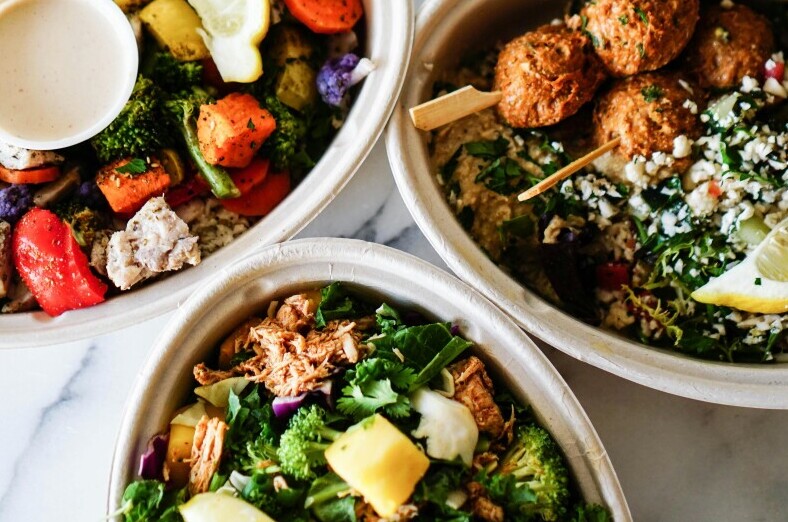
Nutrition plans aren’t just about counting calories or cutting carbs. They’re more like blueprints for healthy living that cater to our unique bodies and lifestyles. What’s essential is recognizing that what works for one person might not suit another. Our nutritional needs differ greatly depending on factors like age, activity level, and even cultural preferences.
Age plays a big role. Younger folks might have different energy and nutrient needs compared to older adults. Then there’s lifestyle. Someone with a desk job requires a different approach to nutrition than a construction worker or a professional athlete.
Personal health conditions shouldn’t be overlooked either. Individuals with diabetes, for example, might need specific plans that help manage blood sugar levels. Meanwhile, others might be looking to boost heart health or improve digestion. Each aim requires a unique dietary focus.
Technology has made it easier to get personalized nutrition advice. From mobile apps to genetic testing, these modern tools can offer insights and recommendations tailored just for us. They’re like having a dietitian handy, making it simpler to meet our individualized nutritional goals.
Exploring Popular Nutrition Plans: What Works For Whom?
When it comes to nutrition plans, there’s no shortage of options, but figuring out what works best requires understanding their unique characteristics. The Mediterranean diet, for example, draws inspiration from the eating habits of countries bordering the Mediterranean Sea. It emphasizes fruits, vegetables, whole grains, and healthy fats like olive oil. This diet doesn’t just promote heart health but also offers a delicious variety that keeps meals exciting.
The ketogenic diet, or keto for short, flips the script by focusing on low-carb, high-fat meals. The goal here is to push the body into a state called ketosis, where it burns fat for fuel instead of carbs. While many swear by its effectiveness for rapid weight loss, it’s essential to monitor nutrient intake to avoid deficiencies.
Another plan worth mentioning is the DASH diet, which stands for Dietary Approaches to Stop Hypertension. It promotes foods rich in potassium, calcium, and magnesium while cutting back on sodium. It’s a solid choice for those looking to lower their blood pressure without sacrificing flavor.
Then, there’s the plant-based or vegan approach that skips animal products altogether. It’s a favorite for folks prioritizing ethical concerns and looking out for planetary health. However, ensuring adequate intake of certain nutrients like B12, Iron, and Omega-3s is vital to stay balanced and healthy.
Picking the right plan often comes down to personal goals. Weight loss enthusiasts might gravitate towards keto, while those focusing on general health might prefer Mediterranean or DASH. Meanwhile, prospective vegans might be inspired by ethical or environmental values. Always consider potential downsides like meal restrictions or nutrient gaps that could be a challenge in the long run.
The Role of Traditional Foods: Bridging Generations and Cultures
Traditional foods have this incredible knack for bringing us together while also nurturing our bodies. They’ve been around forever, passed down through the generations, staying relevant even in today’s fast-paced food landscape. So, why should we let them play a part in our modern nutrition plans?
First off, many traditional dishes come packed with nutrients. Think of hearty grains, colorful veggies, and lean proteins often featured in these meals. They make up balanced dishes that have nourished communities for centuries, proving you don’t need a fancy label to eat well.
Now, let’s talk about elders in our families and communities. Incorporating traditional foods into their diet can be incredibly beneficial. These foods don’t just provide the necessary nutrients to support aging bodies, but they also carry a sense of comfort and familiarity that newer culinary trends might not.
Beyond the physical benefits, there’s something special about the emotional and cultural connections these dishes create. Sharing a traditional meal can remind us of cherished family gatherings or connect us to our roots. It can foster a sense of belonging and well-being, echoing across generations.
Ultimately, weaving traditional foods into our current eating plans offers a beautiful fusion of health and heritage. It’s a tasty way to respect the past while embracing the present, making sure we don’t lose grip on what makes us feel at home.
Our Website contains affiliate links this means if you click and make a purchase we may receive a small commission. “Don’t worry there is no extra cost to you. It’s a simple way you can support our mission to bring you quality content.